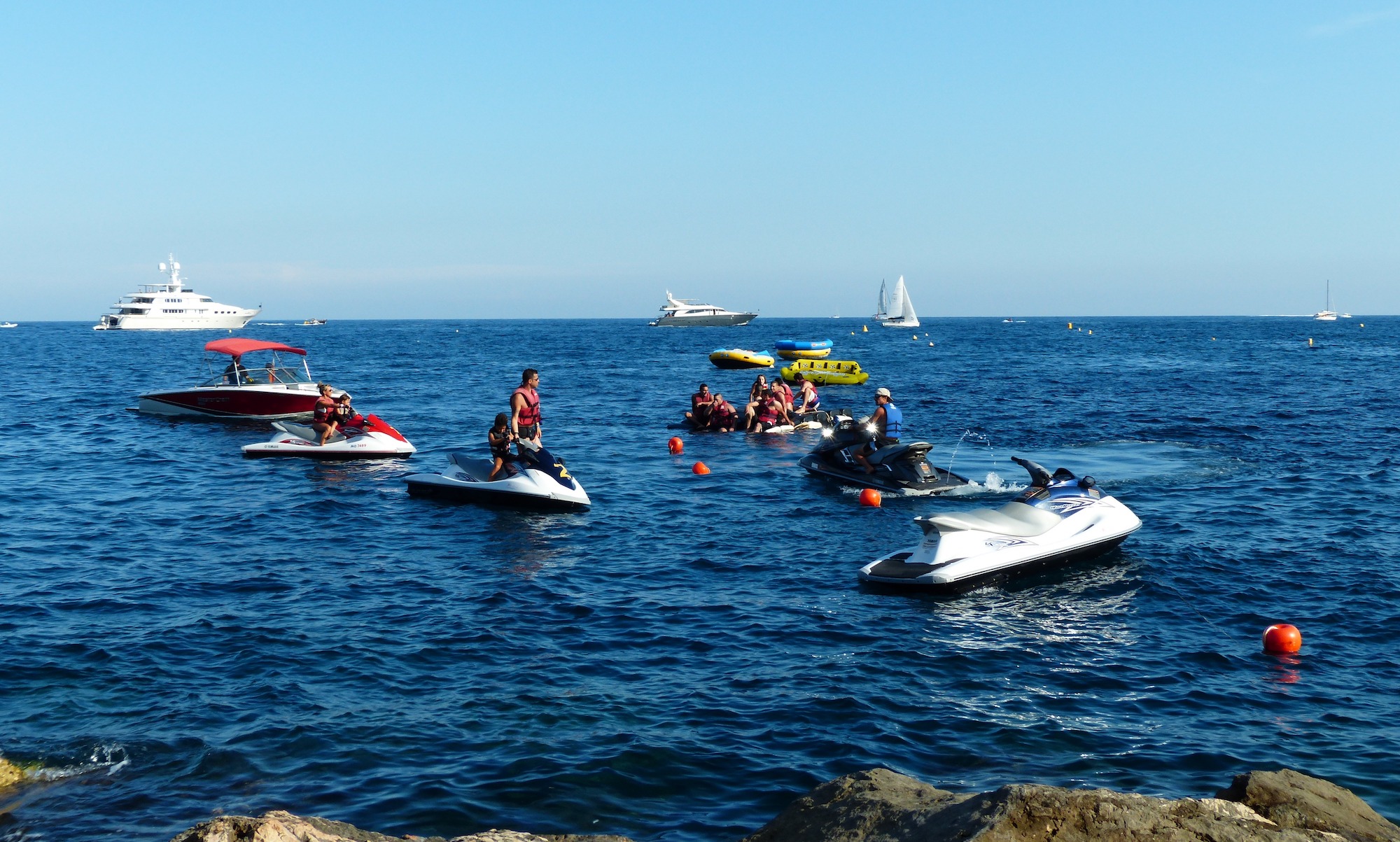What are PWC Internal Orifice Injuries?
PWC Internal Orifice Injuries are hydrostatic injuries to the vagina, anus, rectum or perineum of a PWC passenger secondary to the jet stream created by the PWC jet thrust propulsion system. Oftentimes, individuals sustaining such injuries require emergency medical intervention including the surgical implantation of a colostomy bag. Consequences of PWC rearward ejection orifice injuries include permanent disability, disfigurement or death.
What have PWC manufacturers done to help prevent Internal Orifice Injuries?
Despite having been aware of the catastrophic consequences of PWC Internal Orifice Injuries for over two decades, the PWC manufacturers at Bombardier, Yamaha and Kawasaki have failed to incorporate safer alternative designs into the Sea-Doo, Jet Ski or Waverunner.
The current design of the various makes and models of PWC require passengers to ride without adequate mobility restraints, handholds, straps, grips, seating configurations and/or tail designs which would prevent them from sliding backwards off the seat (often upon acceleration) and landing directly in the path of the jet thrust from the jet drive propulsion system.
What legal options exist for those that have sustained Internal Orifice Injuries?
The Mazzola Law Firm has helped many individuals across the United States hold PWC manufacturers accountable for placing products into the market that they know to be defective. No amount of money will ever take away either the physical or psychological damage that one suffers as a result of these horrible injuries. But by seeking legal recourse in a court-of-law, those that have been injured will not only be helping to force PWC manufacturers to do the right thing (by incorporating safer alternative designs into PWC), they will also be able to seek maximum financial compensation for their past and future medical expenses, past and future lost wages, past and future mental anguish, past and future physical impairment, past and future pain and suffering and past and future disfigurement.
As currently designed and marketed, in what ways are PWC defective?
Design Defect
The available safer alternative designs would incorporate:
1)A simple grip strap across the seat which could be held between the passenger’s legs;
2)Handholds in or adjacent to the seat that are high enough to be reached and gripped while allowing passengers to keep their center of gravity sufficiently forward;
3)A contoured seat with a soft and low bolster or backrest which would prevent passengers from sliding off the rear of the craft;
4)Lengthening of the rear deck of the craft far enough to allow the output pressure of the jet drive to dissipate prior to the point where a fallen passenger could be seriously injured by such flow; and
5)A contoured housing over the jet propulsion system that would direct or slide a fallen passenger to the side or far enough behind the jet flow to reduce or eliminate the danger.
Marketing Defect
In addition to design defects, manufacturers can also be held liable for placing into the stream of commerce products with “marketing defects” (in some states, this is known as “failure to warn”). Although the laws may differ somewhat from state to state, generally speaking, manufacturers must not place products into the market without adequately warning users of the product of known risks associated with its use. In the case of PWC, adequate warnings are not provided to put riders on notice that they could fall from the rear seat of the craft and land directly in the path of an extremely dangerous jet of water which could inflict severe and permanent damage to human tissue and organs. Too often, the warnings which have been provided, are small, inconspicuous, hidden within a barrage of other warnings, poorly placed for passenger viewing, unclear, non-specific and vague, and therefore, in violation of ANSI standards.

